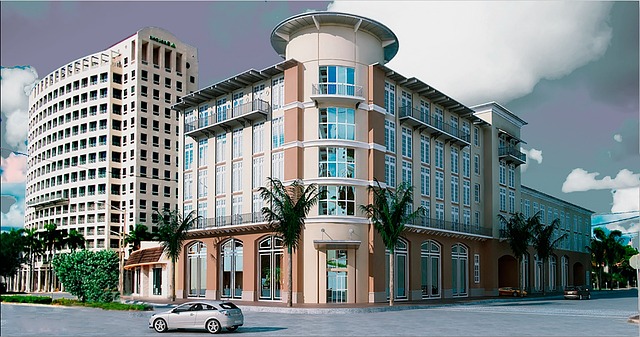Real estate rent dynamics are driven by supply and demand, with landlords raising prices when demand exceeds supply. Key factors like location, property type, and market conditions influence rental rates, while demographic shifts further disrupt the balance. Renters can use this knowledge for relocation or lease negotiations, while investors can strategically acquire and manage properties based on rising rental rates and potential returns. Location-driven investments in high-demand areas with growing rental markets ensure capital appreciation, while efficient property management maximizes occupancy and income.
In today’s dynamic real estate market, landlords are navigating a delicate balance between potentially higher rents and maximizing returns. Understanding rent dynamics is crucial for success. This article delves into the factors driving up rental rates and offers practical strategies to optimize investments. By exploring key aspects such as location, demand, and property conditioning, landlords can seize opportunities for substantial returns while staying competitive in the market.
Understanding Rent Dynamics in Real Estate

Rent dynamics in real estate are influenced by a complex interplay of market forces, including supply and demand. In many regions, the demand for rental properties outstrips the supply, leading to increased rents as landlords capitalize on this imbalance. This dynamic is often amplified by demographic shifts, such as growing populations or changing lifestyles that drive up the need for housing.
Understanding these trends is crucial for both renters and investors in the real estate market. For renters, keeping an eye on rent dynamics can help them make informed decisions about relocating or negotiating terms. For investors, recognizing rising rental rates and potential for increased returns can inform strategic property acquisitions and management strategies.
Factors Influencing Higher Rental Rates

In the dynamic realm of real estate, several factors contribute to rising rental rates. One key aspect is location; properties in prime areas, whether bustling urban centres or sought-after suburban neighbourhoods, often command higher rents due to their desirability. The demand for these locations can be influenced by job opportunities, excellent schools, and a vibrant lifestyle—all of which make an area more attractive to potential tenants.
Another significant factor is property type and quality. Unique or modern apartments with amenities like high-speed internet, gym facilities, or breathtaking views typically attract premium rents. Similarly, well-maintained properties in high demand can justify higher rates. Market conditions also play a crucial role; during periods of low supply and high demand, landlords can strategically increase rental prices to maximize returns.
Maximizing Returns: Strategies for Landlords

Maximizing returns in real estate is a top priority for landlords, especially in competitive markets where potential rents are rising. To stay ahead, landlords can employ several strategies. Firstly, they should focus on location-driven investments, selecting properties in areas with high demand and growing rental markets. This ensures that their assets are not only well-positioned but also have the potential for significant capital appreciation over time.
Additionally, landlords can maximize returns by optimizing property management. Implementing efficient systems for tenant screening, regular maintenance, and smart pricing strategies can lead to higher occupancy rates and reduced vacancy periods. Regularly reviewing market trends and adjusting rent accordingly is crucial, ensuring that properties remain competitive while maximizing income.






